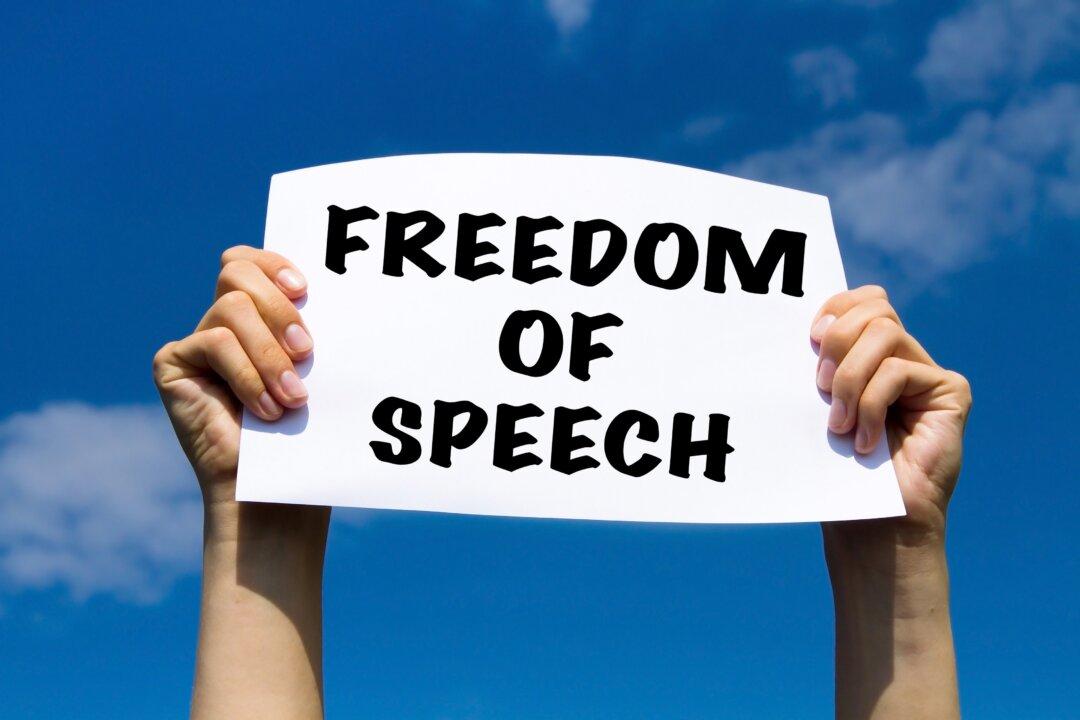The Justice Centre for Constitutional Freedoms represents the plaintiff in this case. The Epoch Times invited School District No. 70 to write a rebuttal or provide comments but did not receive a reply.
The B.C. Supreme Court has rendered an astonishing judgment against Candice Servatius, the mother whose young children were subjected to an Aboriginal “smudging” ceremony at a public school without her knowledge or consent.





